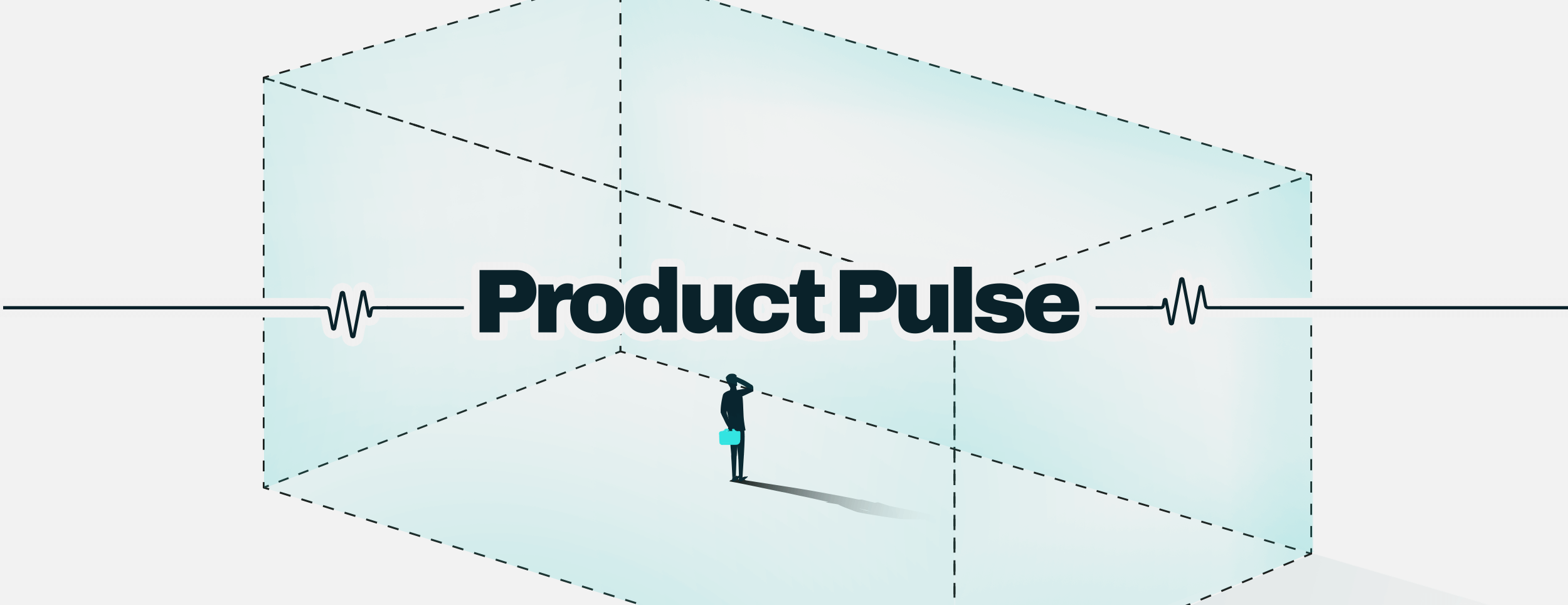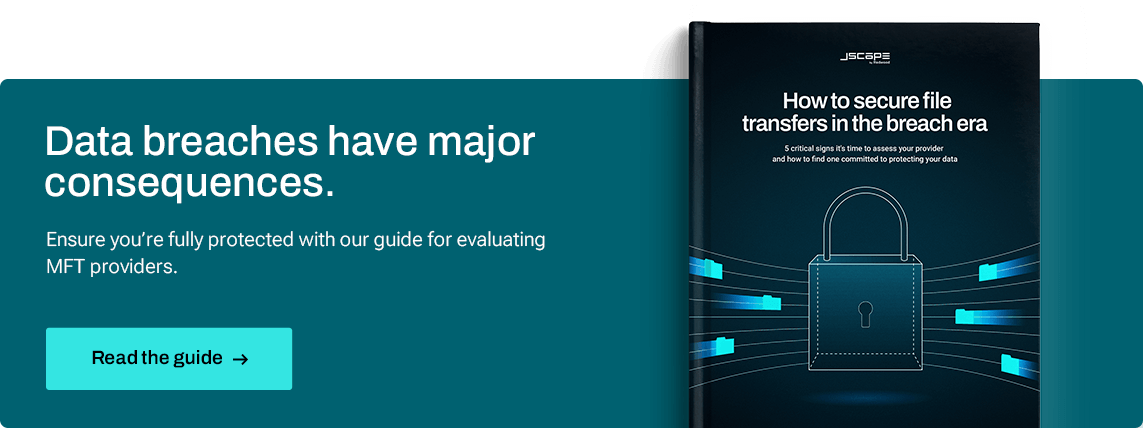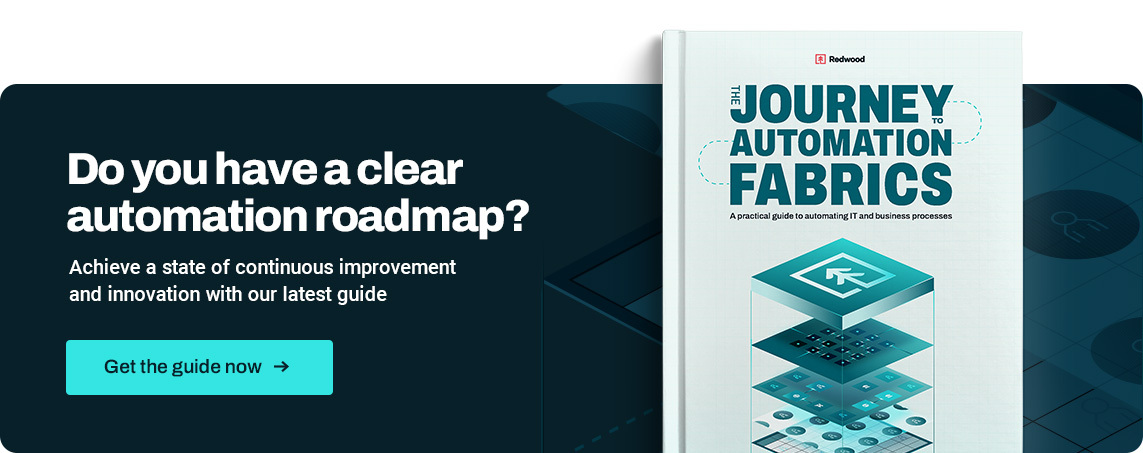Beyond your four walls: A managed file transfer story

Check the clock. Check the calendar. Check your mirrors and blind spots. Every day, many things demand your attention.
It’s no different at work. Checking revenue, checking budgets, checking business strategy — we need to know these are safe and secure as well.
Thankfully, we no longer have to focus on hunting prey or finding shelter in the modern world, but that desire to check and feel safe is intrinsic to being human.
When it comes to transferring files and data, both internally and externally, the anxiety can be constant. Technology makes this more manageable, and automation goes a step further by removing that mental load from our minds completely.
However, checking every sent and received file isn’t feasible, especially when you need to do so for hundreds or thousands of files a day. Sheer overwhelm at the volume means there could be thousands of file transfer processes occurring within your organization without regular oversight. You might receive an alert when something goes wrong, but the fact remains that sending and receiving files is a constant vulnerability, akin to a castle letting down a drawbridge.
What if you didn’t need to view file transfer as a liability to be resolved? What if these files were built into your daily processes and automations?
Managed file transfer (MFT) does just that. MFT is a file transfer management solution adept at keeping your “castle” safe while improving file transfer security and process efficiency.
Here, I’ll tell you the story of the impact of seamless file transfer and encourage you to write your own.

Chapter 1: Why the file transfer journey matters
Savvy businesses leverage automation to get more work done with fewer resources. Prime targets for automation using workload automation (WLA) tools tend to be internal processes like reporting, ticket management, CRM updates and more.
However, file transfer processes don’t only take place within your organization. It becomes challenging to easily automate, see and control external tasks like paying vendors, receiving invoices from suppliers and orchestrating other touchpoints in a supply chain.
Bridging the automation gap between internal and external using an MFT solution not only improves efficiency but also affords your organization other valuable benefits.
- Easier compliance: If compliance is a major concern in your industry, you’ll benefit tremendously from an MFT solution with built-in features to help you comply with regulations such as GDPR, HIPAA and SOX. You’ll be able to confidently provide secure data handling, audit trails and more in accordance with legal and regulatory requirements.
- Long-term expansion: Communicate securely with a wider variety of external entities regardless of the file sharing protocol they prefer or require. As you scale, you can easily integrate file transfers into existing workflows without the need for reconfiguration.
- Reliable logging and comprehensive reporting: A solution with detailed activity logs provides insights into the performance and efficiency of your file transfer operations. Reports can help you monitor usage patterns and optimize workflows to maximize efficiency.
- Robust data encryption: Encryption, both in transit and at rest, protects sensitive data from unauthorized access. When you’re transferring files externally, it minimizes the risk of data breaches and ensures that information remains confidential.
What would daily processes look like using integrated WLA and MFT, and how can they help you achieve full end-to-end business automation?
To envision what’s possible, we’ll look at two examples of how businesses use these solutions as part of their tech stack to automate file exchange and protect essential data.
Chapter 2: The purchase order story
In this scenario, let’s imagine a manufacturer called Acme Scooters. They have a contract to fulfill a massive order of scooters for a new school district’s physical education program. Acme Scooters works with their supplier, Wheels Limited, to ensure they have the parts they need to deliver completed scooters on time.
To keep themselves organized, Wheels Limited uses three integrated and automated software solutions: JSCAPE by Redwood for MFT, RunMyJobs by Redwood for WLA and SAP for enterprise resource planning (ERP).
We begin our journey at Wheels Limited, which just received a purchase order (PO) from Acme Scooters via one of JSCAPE’s protocols. This File Upload event triggers an automation for JSCAPE to send the PO to RunMyJobs.

RunMyJobs processes the PO and sends its data into Wheels Limited’s SAP instance. The data is processed, and SAP generates a purchase order acknowledgment (POA). SAP then forwards the POA to RunMyJobs, which passes it back to JSCAPE. The POA is returned to Acme Scooters via JSCAPE, confirming the order has been received.
Wheels Limited gets to work building the custom wheels needed for the new scooters. Once they’re produced, RunMyJobs generates a shipping document stating that the parts are ready to be shipped. JSCAPE shares the shipping document file with Acme Scooters while RunMyJobs works with SAP to automate the invoice creation. RunMyJobs receives the invoice from SAP via its integration and leverages JSCAPE to share it with Acme Scooters.
At every step, automations escort the files where they need to go, with JSCAPE’s event-based triggers facilitating the file transfer across all the software solutions, enabling easy internal file-sharing automation and secure file transfers to external partners.
Chapter 3: The order-to-cash story
As Wheels Limited and Acme Scooters aim to continue working together, they decide to share a Dropbox account to store and retrieve business-related files easily.
Acme Scooters, now the premier provider of scooters for K–12 schools, uploads an order to Dropbox. Due to an event-based trigger, JSCAPE recognizes the File Upload event and ferries the order directly into RunMyJobs. RunMyJobs extracts the data in the order, including customer information, and checks it against their ERP solution, SAP.
The data matches, which allows the automated order process to continue and enables an invoice to be sent back to Acme Scooters. RunMyJobs retrieves a generated invoice from SAP, then passes it to JSCAPE. As the file transfer solution, JSCAPE automatically moves the invoice file into the shared Dropbox for Acme Scooters to pick up and pay later.

As you can see, the cross-functional integration of an MFT solution with a WLA solution kicks off processes after they’re triggered by external partners without requiring human involvement. Existing tools, such as Dropbox, fully integrate into the automated flow.
Chapter 4: Peace of mind beyond your four walls
Acme Scooters and Wheels Limited may be fictional businesses, but the challenges and complexity they face are very real. Enterprise organizations like these — and yours — are responsible for protecting vast and sensitive data transfers every day. By automating these vulnerable processes, both companies in the above examples could focus on other work and reduce the mental load and resource expenditure they would otherwise dedicate to monitoring file-heavy processes.
The reason this worked out so well for this partnership is because the MFT solution went beyond automating simple tasks. Acme Scooters and Wheels Limited got full visibility into all file transfer processes, including comprehensive logging and reporting. Not only was it easier for their employees to check that a file transfer went through, but the integration with a WLA solution made tracking and reporting simple, from intake to storage.
Your business transactions aren’t only taking place within your four walls. When you engage with external partners, you must meet compliance requirements, provide technical support when necessary and, most importantly, have peace of mind that all processes are working as intended.
To be continued: What will your file transfer story look like?
If you’ve done the hard work of automating your organization’s essential tasks via a WLA platform, the next logical chapter in your journey is about bringing file transfers under the automation umbrella.
Technology has come so far in the file transfer space, and a robust MFT solution like JSCAPE not only shepherds your files securely inside and outside your business but also helps you implement efficiencies in even the most complex job processes.
If you aspire for your business to live and breathe in the cloud — a worthy and necessary aspiration in today’s landscape — modern WLA and MFT solutions should be at the top of your tech stack wish list. Redwood Software is the only provider offering SaaS for both.
It’s time to automate your business inside and out. To avoid the negative impact of common assumptions in the process, download our list of 10 surprising but critical success factors for implementing end-to-end automation.

About The Author

Kristin Gelinas
Kristin Gelinas is the Product Marketing Manager for JSCAPE MFT and Cerberus FTP at Redwood Software. She is responsible for go-to-market and sales enablement for both file transfer products. With over a decade in customer service and six years in marketing and content, Kristin is passionate about making complicated software easy to understand and use.